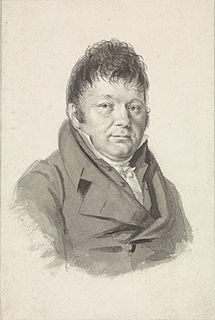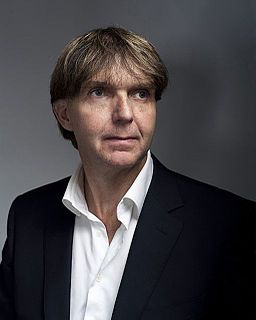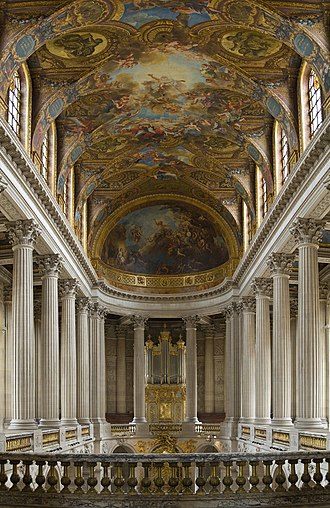Pierre de Manchicourt was a Renaissance composer of the Franco-Flemish School.
Ghiselin Danckerts was a Dutch composer, singer, and music theorist of the Renaissance. He was principally active in Rome, in the service of the Papal Chapel, and was one of the judges at the famous debate between Nicola Vicentino and Vicente Lusitano in 1551.

Pieter Hellendaal was a Dutch composer, organist and violinist.
Marbrianus de Orto was a Dutch composer of the Renaissance. He was a contemporary, close associate, and possible friend of Josquin des Prez, and was one of the first composers to write a completely canonic setting of the Ordinary of the Mass.
Peeter Cornet was a Flemish composer and organist of the early Baroque period. Although few of his compositions survive, he is widely considered one of the best keyboard composers of the early 17th century.
Benedictus Appenzeller was a Franco-Flemish singer and composer of the Renaissance, active in Bruges and Brussels. He served Dowager Queen Mary of Hungary for much of his career, and was a prolific composer of vocal music, both sacred and secular, throughout his long career.
Gaspar de Verlit or Gaspar Verlit (1622–1682) was a Flemish Baroque composer active in Brussels.
Cornelius Canis was a Franco-Flemish composer, singer, and choir director of the Renaissance, active for much of his life in the Grande Chapelle, the imperial Habsburg music establishment during the reign of Emperor Charles V. He brought the compositional style of the mid-16th century Franco-Flemish school, with its elaborate imitative polyphony, together with the lightness and clarity of the Parisian chanson, and he was one of the few composers of the time to write chansons in both the French and Franco-Flemish idioms.
Frans Geysen is a Belgian composer and a writer on music topics.

Carel Anton Fodor or Carolus Antonius Fodor was a Dutch pianist, conductor, and the most prominent composer of his generation in the Netherlands, writing in the manner of Joseph Haydn.

The Royal Chapel of Granada is an Isabelline style building, constructed between 1505 and 1517, and originally integrated in the complex of the neighbouring Granada Cathedral. It is the burial place of the Spanish monarchs, Queen Isabella I and King Ferdinand, the Catholic Monarchs. Apart from these historical links, this building also contains a gallery of artworks and other items associated with Queen Isabella.
Johann Christoph Pez, also Petz, was a German Baroque musician, Kapellmeister, and composer who worked in the courts of the Electorate of Bavaria and Duchy of Württemberg.
The Flemish chapel was one of two choirs employed by Philip II of Spain, the other being the Spanish chapel.

Josina Anna Petronella van Aerssen, married name Baroness Giustina Boetzelaer was a Dutch composer, painter, lady in waiting and noble.

Johan van der Meer was a Dutch choral conductor and pioneer in the field of historically informed performance. He founded the Groningse Bachvereniging.

Willem Jeths is a Dutch classical composer.
A court chapel is a chapel (building) and/or a chapel as a musical ensemble associated with a royal or noble court. Most of these are royal (court) chapels, but when the ruler of the court is not a king, the more generic "court chapel" is used, for instance for an imperial court.
In music, chapel refers to a group of musicians.
Court chapel, or its equivalent in other languages, may refer to:
Emile [Emmanuel Gerhardus Johannes] Wennekes born July 19, 1963, Doetinchem, is a Dutch musicologist, Full Professor at Utrecht University for the Chair: Music and Media.







